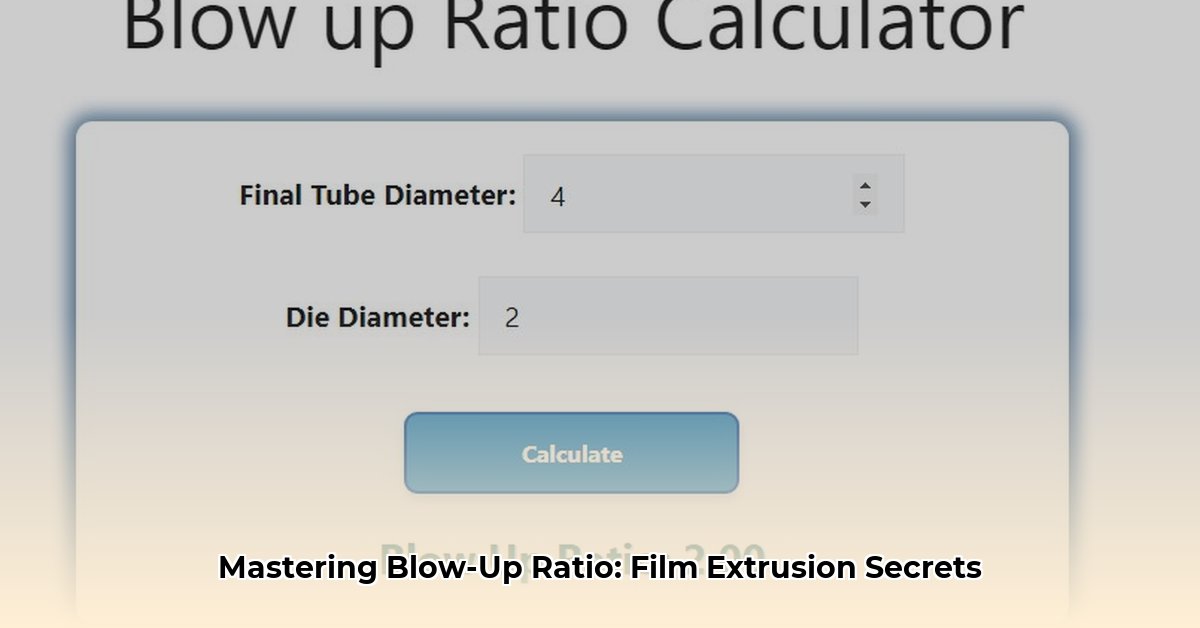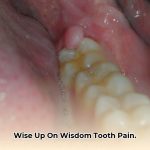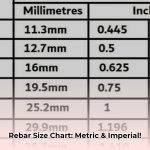What is Blow-Up Ratio (BUR)?
Blow-up ratio (BUR) is a critical parameter in blown film extrusion. It describes how much the plastic expands from the die opening to the final bubble size. Think of blowing a bubble with gum—the more it expands, the thinner it gets. BUR is simply the ratio of the blown film’s diameter (Df) to the die’s diameter (Dd).
Calculating BUR
Calculating BUR is straightforward:
- Measure Df: Measure the diameter of the stable bubble.
- Measure Dd: Measure the die diameter. This is usually fixed.
- Calculate BUR: Divide Df by Dd. BUR = Df / Dd
Example: A die diameter of 2 inches and a blown film diameter of 8 inches yields a BUR of 8/2 = 4.
How BUR Affects Film Properties
BUR significantly influences the final film’s characteristics:
- Thickness: Higher BUR generally means a thinner film.
- Strength: A higher BUR often increases tensile strength and tear resistance in the transverse direction (TD) due to molecular orientation. However, excessive BUR can decrease tear strength and machine direction (MD) strength.
- Clarity: A suitable BUR often improves clarity by enhancing molecular order, though this can depend on the specific polymer.
- Barrier Properties: Higher BUR generally improves how well the film blocks gases and moisture due to tighter molecular packing.
- Shrinkage: Higher BUR typically increases shrinkage in the TD due to increased orientation.
- Flexibility and Stiffness: BUR can influence flexibility, making the film more or less pliable depending on the target properties.
Table: General Effects of Increasing BUR
| Property | Effect of Increasing BUR |
|---|---|
| Thickness | Decreases |
| TD Strength | Generally increases, but excessive BUR can decrease it. |
| MD Strength | Can decrease |
| Clarity | Can improve, depending on the polymer. |
| Barrier Properties | Improves |
| Shrinkage | Increases in the TD |
It’s crucial to remember that other factors, including the type of polymer, melt temperature, and processing speed, also affect these properties.
Troubleshooting with BUR
Inconsistent film thickness or an unstable bubble can suggest BUR issues. This might be due to:
- Blocked Die: Affecting melt flow.
- Fluctuating Melt Temperature: Interfering with consistent bubble formation.
- Incorrect BUR Setting: A BUR too high or too low for the given material and process can lead to instability.
Addressing these problems often involves adjusting BUR alongside other process parameters like melt temperature, air pressure, and take-off speed.
Advanced BUR Concepts
Beyond the basics, the interaction between BUR and other parameters, such as drawdown ratio, die design, and control systems, becomes crucial for optimization. Different die types and resin characteristics significantly influence BUR. Researchers are exploring how these parameters affect not only traditional properties like thickness and strength, but also more nuanced qualities like haze and gloss.
The Future of BUR: Smart Extrusion
Smart extrusion systems that automatically adjust BUR based on material and ambient conditions are under development. These systems promise consistent film quality regardless of external factors. These advancements could revolutionize film production, leading to increased efficiency, reduced waste, and enhanced material performance. Ongoing research continues to explore the complexities of BUR and its relationship to other process parameters, suggesting a future where film extrusion becomes even more precise and controlled.
BUR vs. Stretch Ratio
While related, BUR and stretch ratio differ:
- BUR: Measures diameter expansion during blowing.
- Stretch Ratio: Measures lengthwise stretching after blowing.
Conclusion
BUR is a fundamental concept in blown film extrusion, influencing numerous film properties. Understanding and controlling BUR is essential for producing high-quality films tailored to specific applications. Further research and technological advancements promise even greater control and optimization in the future.
- How To Make Electricity At Home With Water Using DIY Micro-Hydro - December 7, 2025
- How to Generate Electricity from Water at Home for Off-Grid Power - December 6, 2025
- Small Scale Hydropower Brings Sustainable Energy to Rural Areas - December 5, 2025















